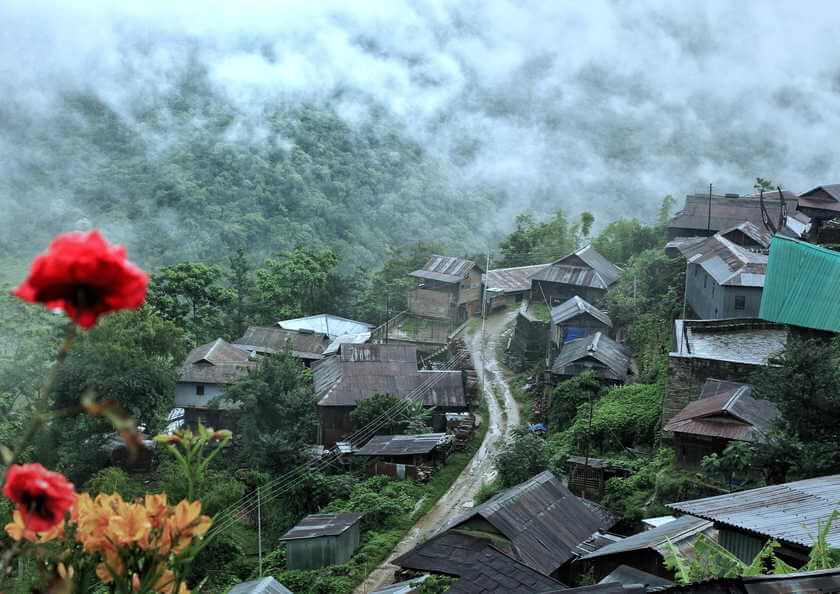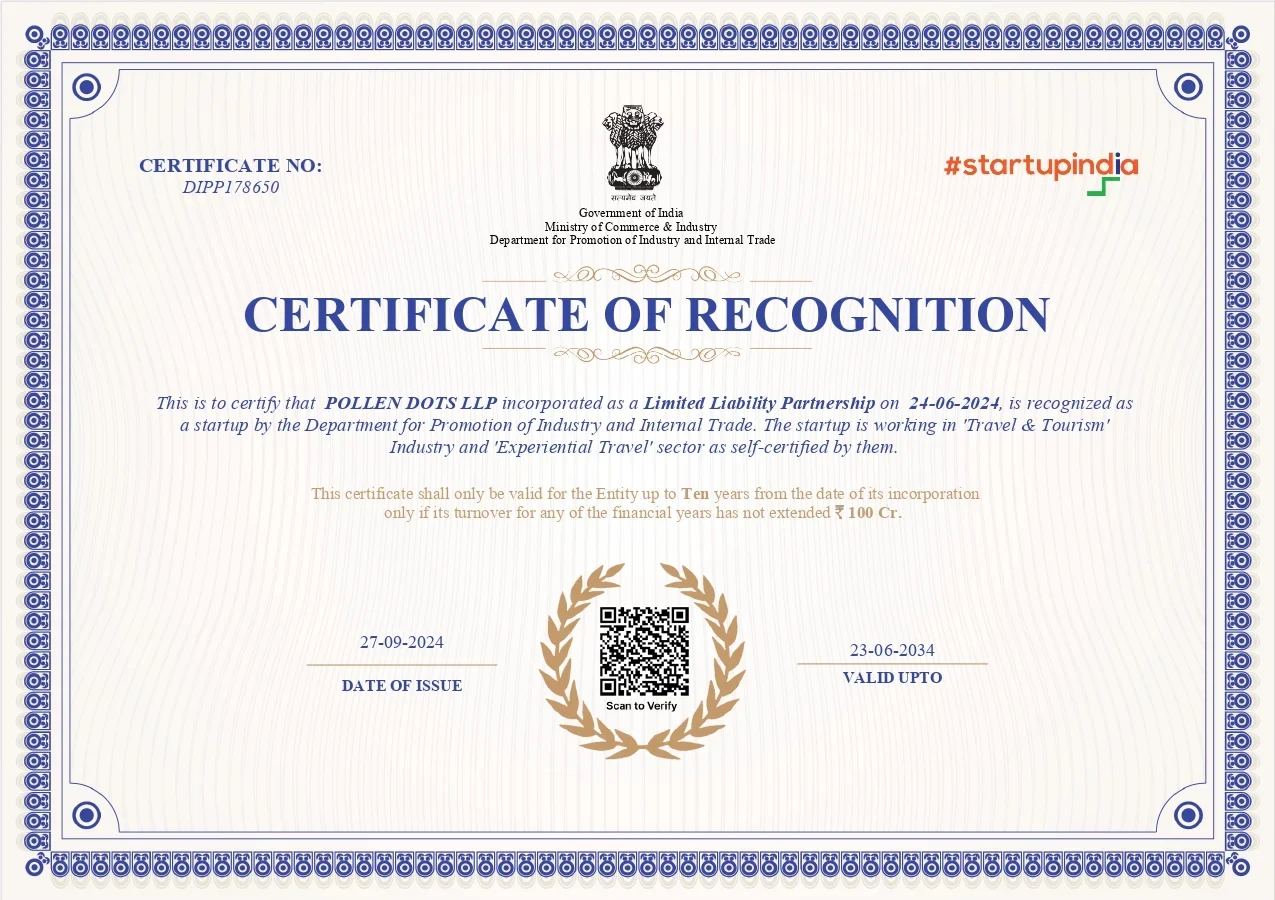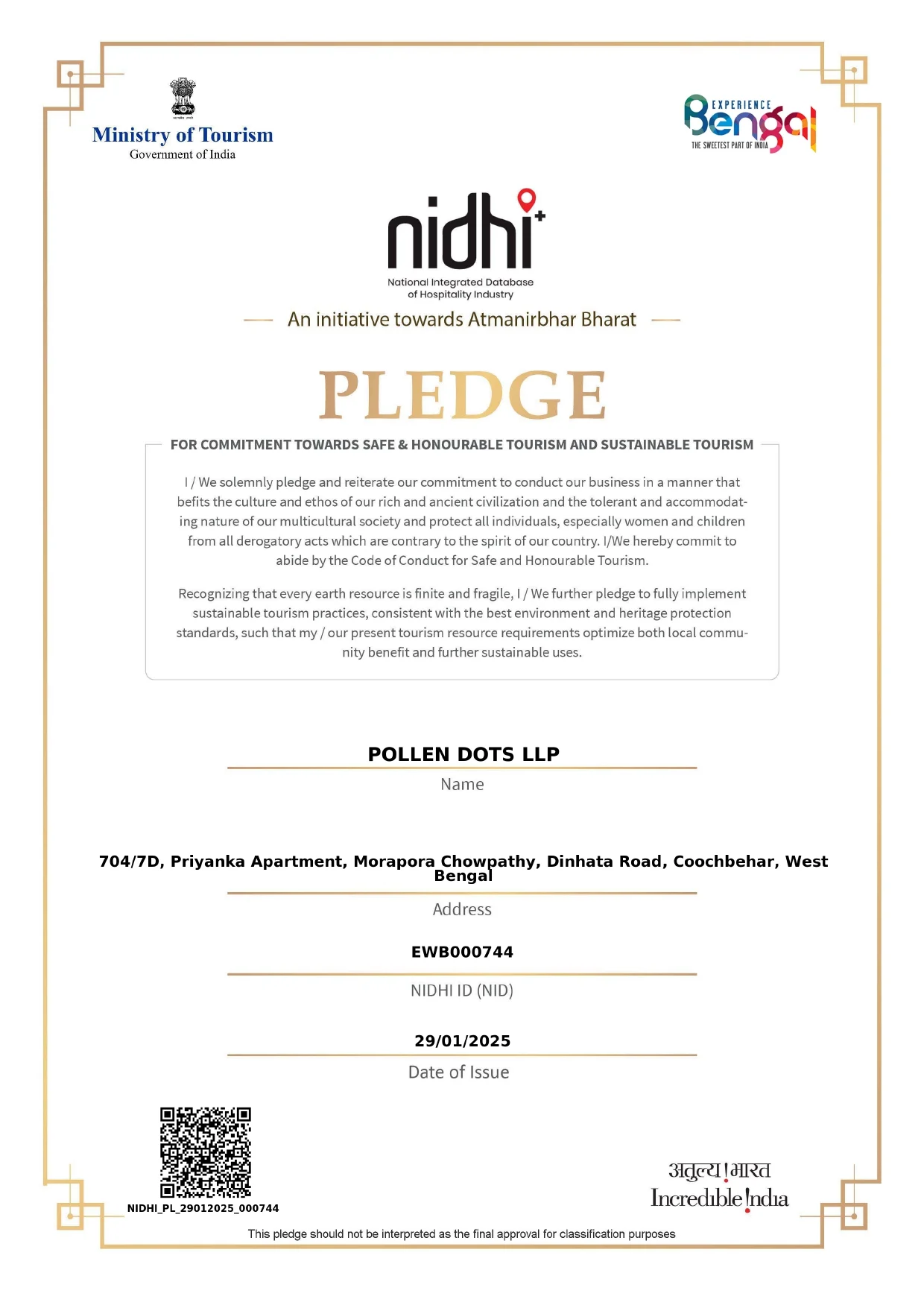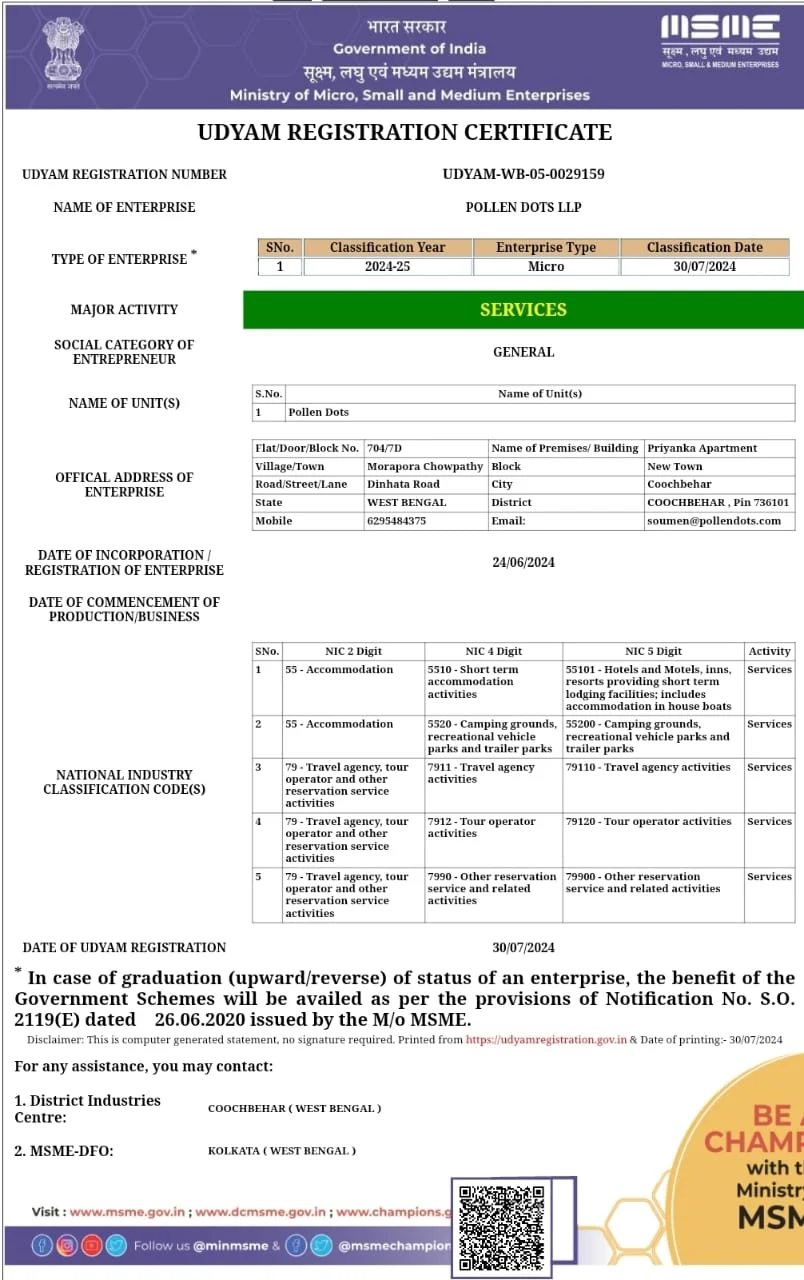The Village That Rewrote Its Future”
Perched in the folds of Nagaland’s green hills, Khonoma is a place that decided — decades ago — to live differently. Once known for fierce warriors and age-old resistance, the village chose to pivot. From guns to grain. From forest raids to forest guards. Khonoma is India’s first Green Village not because of a label, but because of a choice. A collective, conscious, community-led choice.
You won’t hear slogans here. No signs that scream sustainability. Just everyday acts that whisper it — bamboo fences, rain-fed fields, woodsmoke from kitchens that reuse, not discard.
The Youth Who Stayed
In most villages across the Northeast, you hear stories of the youth who left. But in Khonoma, you meet the ones who stayed — by choice.
A local entrepreneur, runs a millet café with two friends. “Leaving was never tempting,” she shrugs. “There’s more work to be done here than in any city. Real work.”
That real work includes reviving forgotten grains, documenting dialects, organizing terrace farming workshops, and hosting visitors — not as guests, but as learners.
Terraces of Memory
The fields of Khonoma aren’t just food sources. They’re archives. Rice terraces carved into the hills are named, not numbered. Each has a story, a family, a harvest song.
Even their construction speaks of balance — not against nature, but with it. Bamboo aqueducts redirect water. Trees shade grain. Grasslines prevent soil slip. There is no textbook — just taught eyes and calloused palms.

Snippets from Khonoma
- The Guarded Forest:
The 70 sq. km. Khonoma Nature Conservation and Tragopan Sanctuary (KNCTS) is protected entirely by the community — without state patrol. Not a single tree is felled without the council’s blessing. - The Funeral Log:
Every tree cut has a purpose. Some are marked years in advance for future rituals — including logs for final rites. Life and death both accounted for, respectfully. - The Local Assembly:
Decisions are made at the Morung (traditional men’s dormitory). Modern problems — like phone towers — are debated with ancient patience.
Know Before You Go
- Getting There: 20 km from Kohima, accessible by shared taxis or private vehicles.
- Stay Options: Homestays offering millet porridge for breakfast and views that don’t fit in frames.
- Best Season: September to April — clear skies, green fields, warm fires.
- Local Etiquette: Ask before entering Morungs. Don’t interrupt when elders speak — even if you don’t understand the dialect.
Khonoma isn’t trying to be a model. It doesn’t perform for your admiration. It just continues — quietly, attentively, collectively — like a stream carving its own bed. In a world obsessed with fast futures, Khonoma reminds us of the dignity in deliberation.
Progress isn’t always about moving forward. Sometimes it’s about standing your ground.”
















